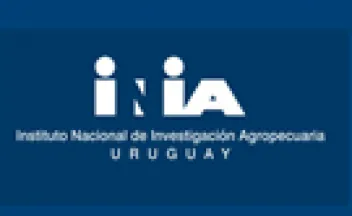Informe agroclimático 2022- Situación a Junio.

Contenido. Síntesis de la Situación Agroclimática de Junio-- Perspectivas Climáticas Trimestrales elaboradas por el IRI de la Universidad de Columbia (Más información puede encontrarse en el sitio del IRI:http://www.iri.columbia.edu) -- Índice de Vegetación (NDVI) -- Precipitaciones -- Porcentaje de Agua Disponible (PAD) -- Agua No Retenida (ANR) -- Índice de Bienestar Hídrico (IBH) -- Perspectivas Climáticas Jul-Ago-Set elaboradas por el IRI de la Universidad de Columbia. Destacamos para este mes:Previsión de condiciones ambientales para corderos recién nacidos.
